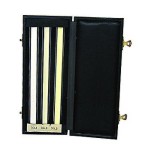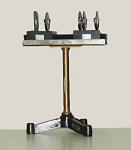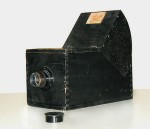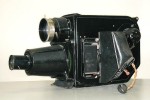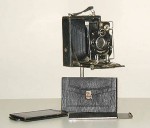Description
A schematic eye is reduced to a small camera obscura with a simple objective with
a 8 mm focal and with a sliding polished screen. On the tube that holds the screen, three
signals, marked with the letters M, N, P, correspond to the position for which the image of
a far object is formed before the screen, (myopic eye), on the screen, (normal eye) and
behind the screen (long-sighted eye). For the N position the image is neat, but for the other
two positions the image will result neat only when we pull down the converging lens signed
with the M letter, or the converging lens signed with the P letter. The measure of the two
additional lenses is two dioptres.
|
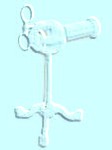
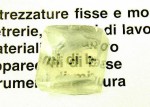
 Menu
Menu


